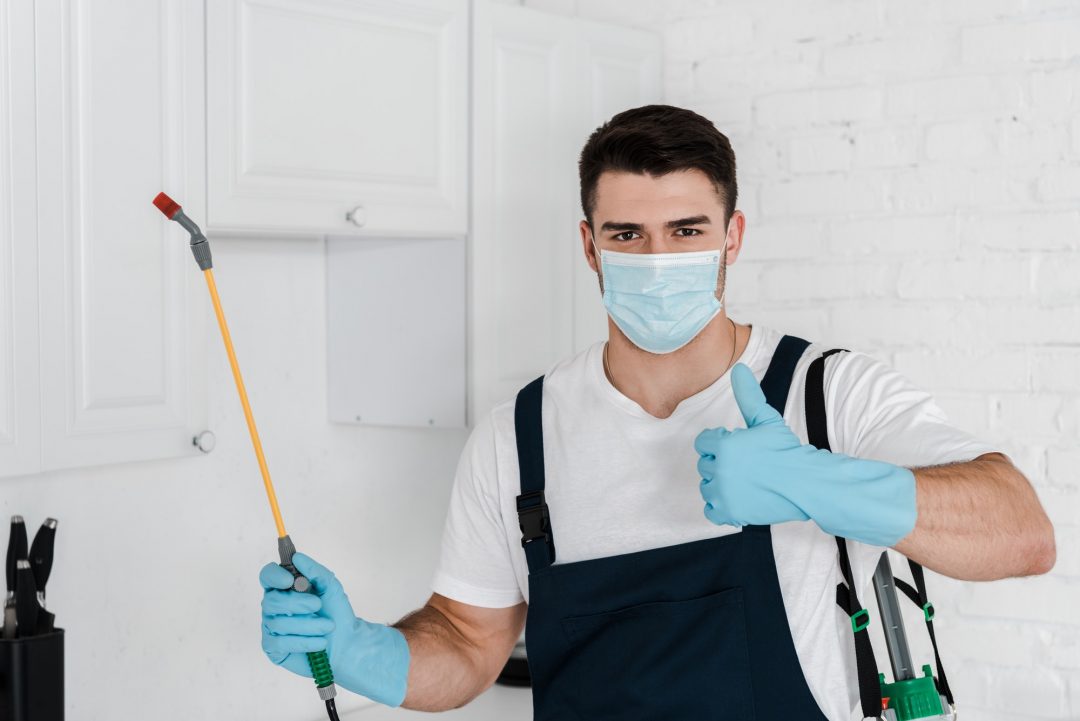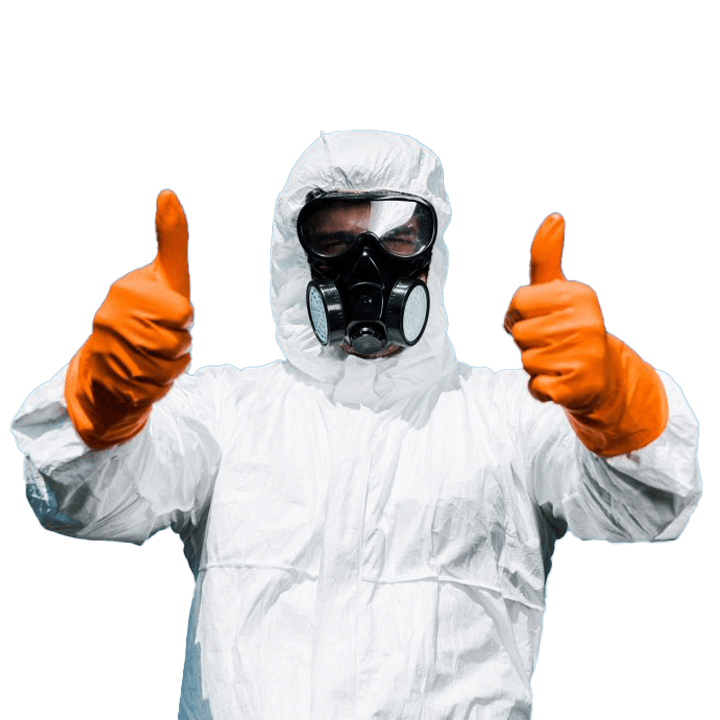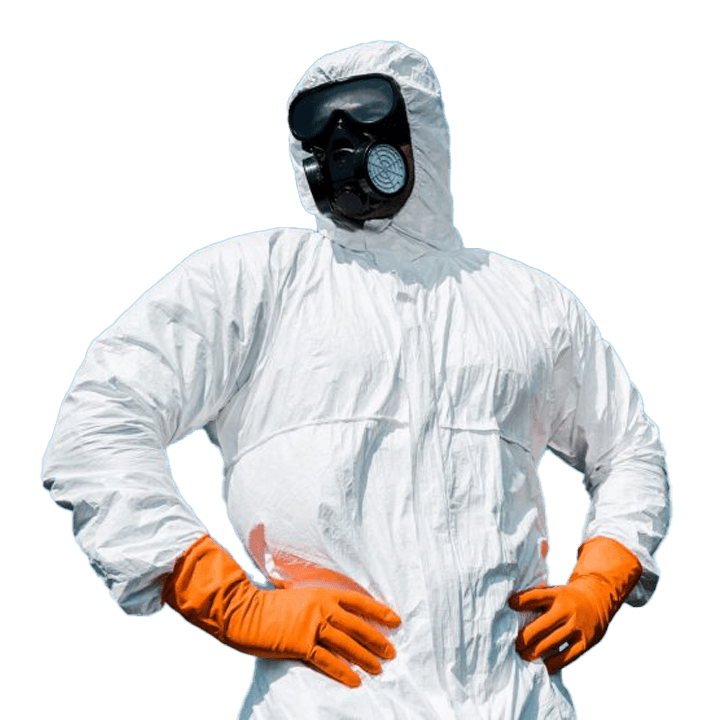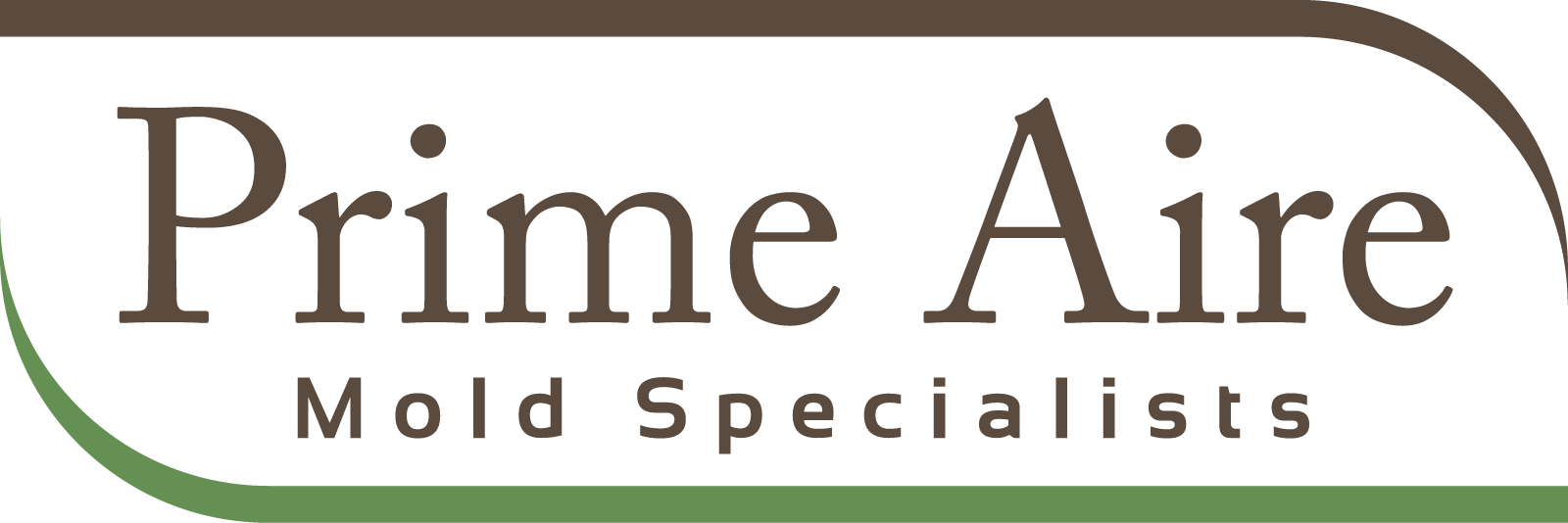- Water Damage In NYC | PrimeAire Mold Services
Water Damage
For more specific information regarding your personal mold testing questions and concerns, call PrimeAire to speak to a LIVE certified technician
Water Damage In NYC?
Water Damage arises from many sources. It may be as simple as an air conditioner condensation pan, sink overflow, a frozen pipe or malfunctioning appliance. It may be associated with sewage backup or rain water flowing in from outside a home or business.
Regardless of the source, whether we work with your insurance company, or if insurance coverage is not available to cover the loss, it is up to the individual property owners to take “reasonable” and prudent steps to preserve, protect and secure their property from further damage. Generally, if materials are completely dried up within 24 to 48 hours, mold damage will be minimal. If materials are wet repeatedly or for longer than 48 hours, it is likely that mold will be present. The longer materials are wet, the more likely you are to find mold such as Stachybotrys, commonly referred to as ‘black mold’.
Since moisture is the main cause of microbial based problems, it is wise to frequently check the plumbing system. Especially around kitchen and bathroom areas including inside cabinets underneath sinks. Cracked stucco around windows, sloped grade towards exterior walls, and misaligned sprinklers are only some of the primary causes of a mold problem.
When water damage occurs or remediation is necessary, Air Allergen & Mold Testing can provide valuable information that may help you avoid hundreds or even thousands of dollars in damage and unnecessary expensed. PrimeAire will perform an inspection and take air samples. When the results of the samples are known, we can recommend repair steps that will reduce the likelihood of recurring mold problems.
Generally, if materials are completely dried within 24 to 48 hours, mold damage will be minimal. If materials are wet repeatedly or for longer than 48 hours, it is likely that mold will be present. The longer materials are wet, the more likely you are to find mold such as Stachybotrys, commonly referred to as the ‘black mold’.
Delaying repairs or postponing drying the damaged area can escalate both the mold damage and disruption of doing the repairs. If an insurance claim is probable, consider taking before and after pictures, but do what you can to mitigate the damages as soon as possible.
After remediation work is complete, consider having the air re-sampled to evaluate whether the spore count is acceptable or whether additional work is necessary.
Step 1: Initial Inspection and Assessment of Damage
PrimeAire certified mold professionals assess the damaged area and determine the proper equipment required to address the problem. We ensure our customers receive the most cost effective recommendation.
Step 2: Water Removal and Extraction
PrimeAire certified mold professionals utilize portable or truck-mounted water extracting equipment to completely remove the majority of the water from the affected facility.
Step 3: Apply Anti-Microbial
PrimeAire certified mold professionals apply an EPA-registered anti-microbial substance to water affected surfaces throughout the drying process in order to prevent future mold growth.
Step 4: Drying and Dehumidification
PrimeAire certified mold professionals utilize a rapid drying fan evaporation process with portable dehumidification and desiccant drying equipment. The combined technology ensures safe and complete drying of the affected area.
Step 5: Monitoring
PrimeAire certified mold professionals continuously monitor the drying and decontamination process, employing moisture content reading technologies that constantly measure changes to the water damaged materials.
Call PrimeAire Mold Services to speak to a Live Certified Mold Professional today.
Mold often grows behind walls and inside ceiling and floor cavities long before it is ever detected. By the time you start smelling an unpleasant odor, rest assured mold has been growing somewhere for some time and every day is growing more. If you suspect you have mold growing indoors, the time to act is sooner rather than later.

Testimonial
Here’s what our customers say
Giving the fresh air back to the household



Why Choose Us
Mold Inspection Testing & Equipment
- Air and moisture tests
- Swab sample
- Surface sampling
- Dust sampling
- Tape lift sampling
- Inner wall checks
- Laser particle counters
- Hyrometers
- Optic borescopes
- Leak detection
- Thermal imaging(infrared)
Primary Objectives of Mold Sampling
- Confirm or rule out the probability that mold is originating from a suspect condition indoors
- Assess the potential for property damage caused by mold without invasive procedures
- Assess the potential negative impact of mold on indoor air quality
Goals of Our Mold Investigation
- Determine if there is a mold or toxic mold infestation problem
- Determine the cause of the mold or toxic mold infestation problem
- Determine the extent of the mold or toxic mold infestation problem
Types of Mold Testing Include
- Air Testing using Air Cassettes
- Wall Check Cassettes
- Carpet Check Cassettes
- Bulk, Swab & Wipe Samples
- Tape Lift Samples
- Clearance Testing
Mold Testing Involves Collecting Samples
- Identify the type of mold present
- Quantify the level of mold present
3 Most Common Types of Samples Used in a Mold Inspection
- Surface samples (testing mold growth on surfaces)
- Air samples (testing airborne mold spores)
- Dust samples (mold DNA analysis)
Hidden Mold in NYC | PrimeAire Mold Services
We use safe and environmentally friendly measures.
Our Mold Inspection Reports are our pride, digital, organized, easy to read and very well documented providing pertinent Mold Removal guidelines.
The following are some of the potential property conditions which warrant a professional mold inspection:

Frequent Condensation on Window
Consequences: Moisture seeps past window frame and into wall cavity causing water damage and mold growth inside wall.
Surface Mold On Window Sill
Consequences: Moisture seeps past window frame and into wall cavity causing water damage and mold growth inside wall.
Surface Mold Inside Window
Consequences: Moisture seeps past window frame and into wall cavity causing water damage and mold growth inside wall.
Bathtub/Shower Mold
Consequences: Mold comes back with a few days after cleaning, severe water damage, degradation of construction materials, and mold growth inside wall cavities.
Mold, Dry Rot, Water Damage on Eaves
Consequences: Severe water damage, degradation of construction materials, and water damage and mold growth spreading under shingles, onto sub-roof materials.
Roof Leak
Consequences: Water damage and mold growth spreading under shingles, eventual on attic and interior construction materials.
Over-Exposure to Water on Stucco
Consequences: Water damage and mold growth on stucco and inner-wall materials and interior walls of the structure.
Common Questions
Frequently Asked Questions
For detailed information or to request a quote, Call PrimeAire Mold Services at 1-877-307-5166 to speak to a Live Certified Mold Professional today.
Mold is a simple organism found everywhere, indoors and outdoors. Mold spores are microscopic (tiny and lightweight) and travel through the air we breathe. Airborne mold spores in large numbers are a known allergen that can cause allergic reactions, asthma episodes, infections, and other respiratory problems for people, especially children and elderly individuals.
Molds can be a major source of building sickness but not the only potential cause. Other issues can cause building sickness.
People living in or working in dwellings with building sickness have symptoms similar to a mild case of influenza (the flu) with the signs and symptoms disappearing within a few hours of leaving the building. Headaches, fatigue, and respiratory problems can also be experienced by people exposed to sick buildings.
Mold will grow in an environment that is warm, moist and unventilated. Once airborne, mold spores can be spread throughout your structure via the air duct system.
Mold can grow within areas of the house / building that you do not see. Wherever there is exposure to water and a mold "food source" such as cellulose (a component of wallboard), mold can grow. Areas such as the interiors of walls, showers and bathrooms, crawl spaces, attics, drywall tape, cracked plasterboard and dampened carpets are a few discovery areas for mold exposure.
New building methods make buildings better insulated and thus more likely to retain molds within the structure. Buildings are more airtight and any unventilated moisture that gets inside stays trapped inside, allowing mold to grow and spread rapidly.
Molds will grow any time the environment is favorable. Molds can be introduced into the house / structure when the building is under construction or after completion through events such as water damage from leaky pipes, roof leaks, sink, tub, or toilet overflows, cracks in the sealant around tubs /showers and use of inadequate materials during construction. There are documented cases demonstrating the damage caused by contractors allowing building materials to become wet during construction.
See examples of recent mold damage coverage: Forbes magazine: "The Fungus That Ate Sacramento;" CBS News: "Black Mold - Creeping Destruction;" CBS News/ 48 Hours: "Brockovich Takes on a New Foe: Mold;" CBS News/48 Hours: "An Insidious Mold."
In the past, insurance companies have covered mold repairs, but this is changing. Due to litigation and expensive repairs that can be incurred, insurance companies are now starting to consider mold issues a "maintenance issue" even if it costs thousands of dollars to repair/replace walls, etc. Please consult your insurance policy to see if you are covered.
It is possible to clean up visible (surface) mold with a solution of water and bleach, but precautions should be taken. For specific instructions, please refer to FEMA. Mold that is not visible however may require professional remediation.
By eliminating all of the mold that you can see, you may help your situation. However, this may not be the final solution since contamination may be originating from sources such as carpets, the inside of walls, air ducts, crawl spaces and sources outside of your home or building.
